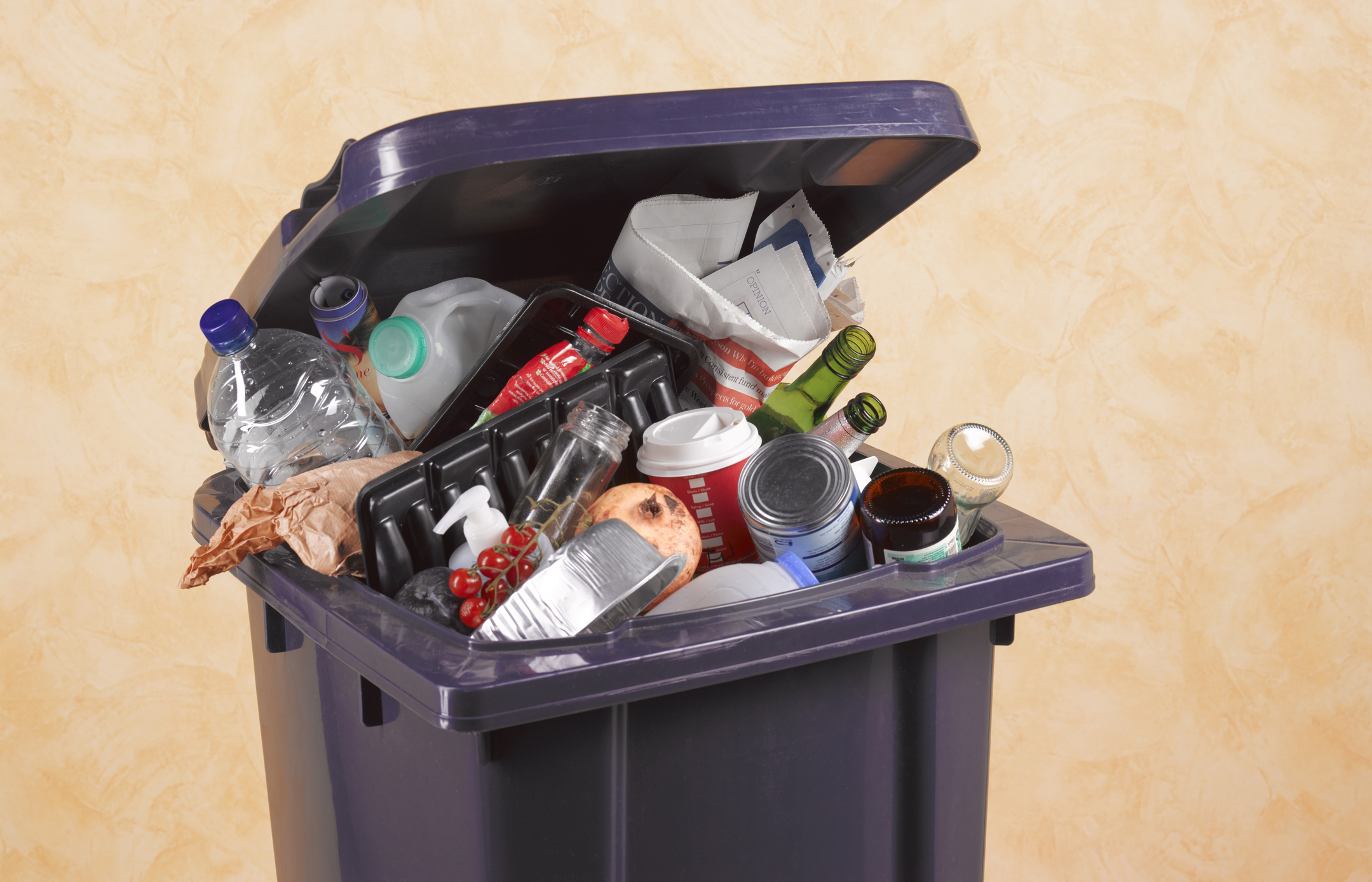Environmental State Secretary Jochen Flasbarth said: “Environmental policy has made a lot of progress in waste recycling in recent decades, but we are still far from the end of this long road. There is still much to be done. Valuable raw materials are still ending up in the residual waste bin. Separation must become even easier if we want this to change. Our goal is to become a true circular economy in which hardly any residual waste is produced and raw materials are reused.”
UBA President Dirk Messner remarked: “There is still too much residual waste. Waste prevention has the highest priority in the waste hierarchy. More reusable instead of disposable products and clear guidelines for disposable products and packaging, as presented in the Disposable Plastics Directive, are the right way forward. Biowaste is far too precious for the residual waste bin, because it can be completely recycled and provides the basic material for compost and biogas.”
Germany registered a total of 128 kilograms of residual waste per inhabitant and year in 2018, a decrease of around 46 percent compared to 1985 (239 kilograms of residual waste per inhabitant and year). Waste paper, waste glass, metals and plastics end up in the residual waste bin much less frequently than in 1985, with reductions of up to 80 percent.
One third of all biowaste is still disposed of together with household waste. Biowaste accounts for the largest share of is disposed in residual waste at around 39 percent. The wastes include kitchen and food scraps, garden waste, other organic waste such as small animal litter made from straw/hay, and filled or partially emptied food packaging. The most significant types of biowaste in terms of recycling are food, kitchen and garden waste with an annual volume of around three million tonnes.
"Dry" recyclables have a share of around 27 percent. These include waste paper, waste glass, plastics, used textiles, wood, cork and spent electrical appliances. Only 32 percent of what actually ends up in the residual waste bin in fact belongs there. Real residual waste includes hygiene products, other waste (e.g. vacuum cleaner bags) and fine waste (e.g. rubbish and ashes). Problem waste accounts for a small proportion of around 0.5 percent. This is waste containing harmful substances such as solvents, energy-saving lamps, contaminated construction waste and used batteries and accumulators. The latter are found in more than 60 percent of the waste samples analysed, although it is mandatory to collect them separately.






